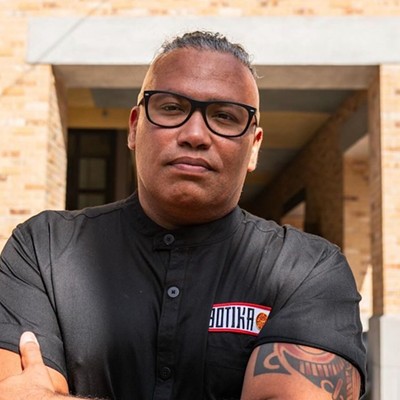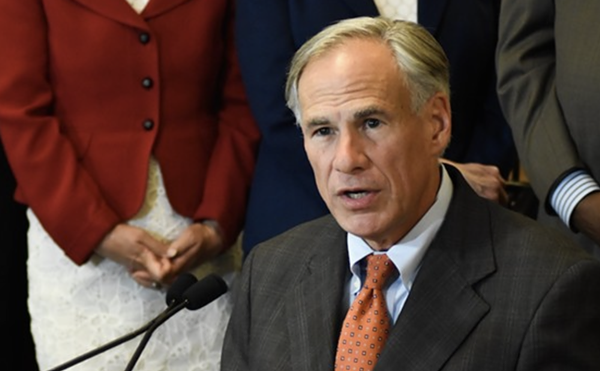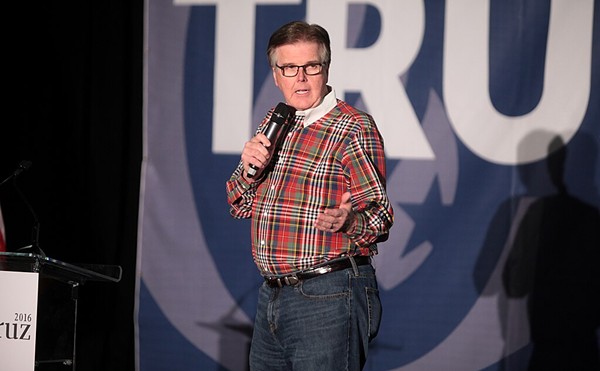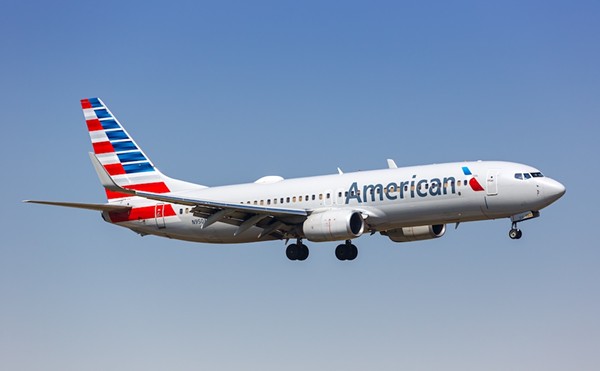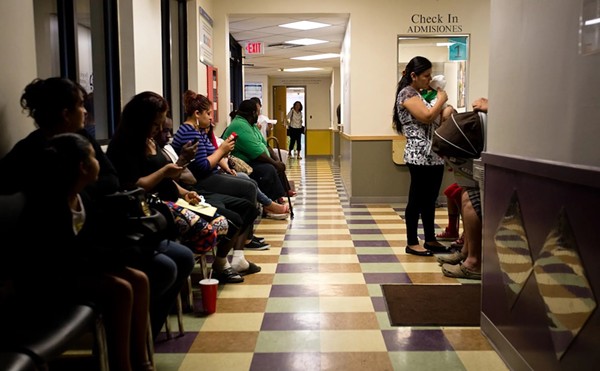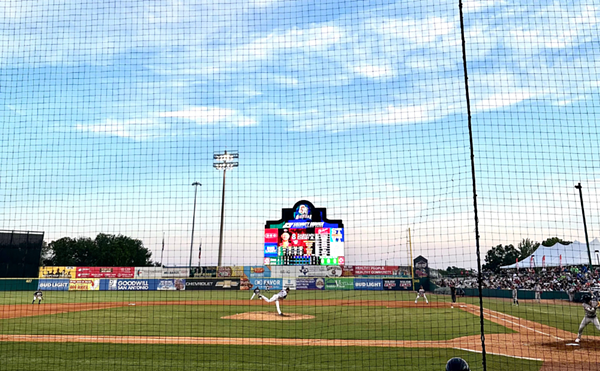
Editor's Note: CityScrapes is a column of opinion and analysis.
The recent of passing of billionaire B.J. "Red" McCombs at age 95 has occasioned an outpouring of commentary on his legacy and impact on San Antonio. That's understandable. McCombs has long appeared a larger-than-life figure in this community thanks to his expansive business empire and enthusiasm for professional sports and growth.
Commentators have properly recognized his contribution to big-time sports here, from helping to bring the Spurs to town to pressing for the development of the Alamodome. McCombs played a central role in spurring the development of the far West Side — Westover Hills and Alamo Ranch — by supporting the construction of Highway 151 through the donation of land by existing property owners. And McCombs also chaired the Hemisfair '68 committee that realized the building of the iconic Tower of the Americas.
Hemisfair has long been acclaimed for transforming San Antonio, through its surge of international publicity and the construction of the foundation for the city's modern convention and tourism industry. But even as we properly recognize the impact of McCombs and his generation, it's also time to more fully understand the nature of the city they envisioned and built.
McCombs wasn't a member of the initial committee of "interested citizens" who initiated the plans for the 1968 world's fair, a group that included Bill Sinkin, H. B. Zachry, Walter McAllister, John Gatti, Tom Frost, Jim Gaines and Charles Kilpatrick. Their February 1962 meeting came on the heels of a heated battle over the location of the new University of Texas medical school here, a battle that pitted Zachry and McAllister, who favored downtown, against those who sought an outlying site.
So, it wasn't surprising that when it came to Hemisfair, McAllister and his fellow "interested citizens" held the opinion that "political consideration should be set aside in discussing worthy projects." For his part, Gaines argued for this "tremendous" development, "there can be no splintered groups but there must be solidarity among all groups and factions if this project is to succeed."
San Antonio had a long history of splinter groups and factions within its business and civic leadership. To say nothing of enormous divisions along racial, ethnic and geographic lines. But the reality was that factions were exactly what happened as planning and operation of Hemisfair got underway.
The signature project that resulted in the Tower of the Americas was a fine example. Famed architect O'Neil Ford proposed the construction of the world's tallest concrete structure as a privately financed investment. But Zachry's reaction was far from enthusiastic. He termed the tower proposal a "dollar-and-mortar fabrication of another Texas Brag which [will] add to the negative imagery of Texas and increases an alienating factor." He called for "ideas, concepts, themes, that will make friends and influence people, that will excite the Latin countries ..."
Zachry's view held no sway with the other Hemisfair leaders, and the construction plans moved ahead. But in a fashion that would be repeated over and over here, the grand concrete tower failed to excite any interest by private investors as a profit-making proposition. It would be built and owned by the city — with public dollars.
The split over the Tower of the Americas was just one of a series of conflicts that plagued the fair effort. The committee sought out and hired Ewen Dingwall who had run the earlier fair in Seattle to manage the operation. However, they disagreed with him over how to deal with the state legislature and ultimately forced him out. And as local business leaders fought with U. S. Sen. Ralph Yarborough over federal government participation and as fair construction stalled, they turned to construction magnate Zachry to direct the effort.
The consultant study prior to Hemisfair's opening forecast an attendance between 5.9 million and 8.5 million, with figure of 7.2 million deemed "attainable." Local boosters often promoted the 8.5 million estimate, and Gaines placed his prediction at 7.5 million as the event opened.
Final attendance came to 6.38 million, including 1.38 million from Bexar county.
Even though the San Antonio Light newspaper called it a "respectable" attendance number, the shortfall came at a significant price. Although embroiled in conflict over the tower and with Senator Yarborough, business leaders called upon him to save the fair in the face of the lackluster numbers. He pulled no punches in his assessment of the data.
"I end my assignment with a feeling of bitterness. Our world's fair should have made a profit," Zachry wrote in his "Finale" report. "It lost $5,250,000 for the underwriters. It lost thousands for our concessionaires, failure to some, who had pinned their hopes to a promised gate 'beyond 7½ million'... . The sole reason for this condition was the Executive Committee's continual refusal to do the things I asked plus continuous, poor management, a management crime."
Zachry also observed that President Lyndon Baines Johnson's promise that the White House would shift federal agencies dealing with Central and South America to San Antonio and presumably the fair site after the event, never came to be. Zachry blamed the intransigence of the executive board.
San Antonio was left for years with acres of world's fair leftovers.
Since then, a wonderful and reassuring mythology has blossomed around Hemisfair '68 — essentially that it "made" San Antonio what it is today, yielding iconic buildings and a great tourism industry.
Yet even now, as we bid farewell to McCombs, it's questionable whether we learned the real lesson of Hemisfair. Land development deals and grand public buildings do not themselves produce a great, thriving city.
That takes a unified, committed whole community with thoughtful, public-spirited leaders and a willingness to address the full reality of its needs and inequities.
Heywood Sanders is a professor of public administration at the University of Texas at San Antonio.
Follow us: Google News | NewsBreak | Instagram | Facebook | Twitter


